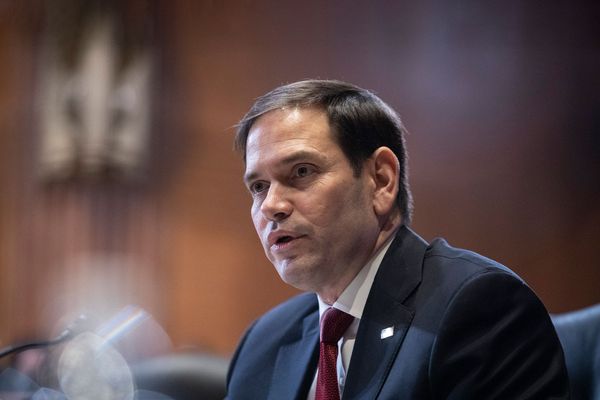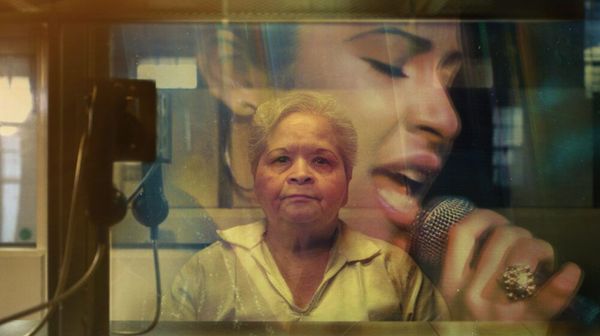The lingering COVID-19 crisis is a good time to revive an issue that is, oddly, slow to come to life in India — universal health care (UHC). Meanwhile, UHC has become a well-accepted objective of public policy around the world. It has even been largely realised in many countries, not only the richer ones (minus the United States) but also a growing number of other countries such as Brazil, China, Sri Lanka and Thailand. Some of them, such as Thailand, made a decisive move towards UHC at a time (20 years ago) when their per capita GDP was no higher than India’s per capita GDP today. The time has come for India — or some Indian States at least — to take the plunge.
The basic idea of UHC is that no one should be deprived of quality health care for the lack of ability to pay. This idea was well expressed — in archaic words perhaps — by Aneurin Bevan, the fiery founder of the National Health Service (NHS) in Britain. “No society,” he said, “can legitimately call itself civilised if a sick person is denied medical aid because of lack of means.” The same idea inspired the Bhore Committee report of 1946, where a case was made for India to create its own NHS-type health-care system.
Routes to UHC
In concrete terms, UHC typically relies on one or both of two basic approaches: public service and social insurance. In the first approach, health care is provided as a free public service, just like the services of a fire brigade or public library. If this sounds like socialist thinking, that is what it is. Interestingly, however, this socialist project has worked not only in communist countries such as Cuba but also in the capitalist world (well beyond the United Kingdom).
The second approach allows private as well as public provision of health care, but the costs are mostly borne by the social insurance fund(s), not the patient, so the result is similar: everyone has access to quality health care. Social insurance is very different from a private insurance market. The simplest variant is one where insurance is compulsory and universal, financed mainly from general taxation, and run by a single non-profit agency in the public interest. That is how it works in Canada (province-wise), and to varying extents in other countries with “national health insurance” (e.g., Australia and Taiwan). This single-payer system makes it easier for the state to bargain for a good price from health-care providers. But some countries have other models of social insurance, based, for instance, on multiple non-profit insurance funds instead of a single payer (Germany is one example). The basic principles remain: everyone should be covered and insurance should be geared to the public interest rather than private profit.
Some challenges
Even in a system based on social insurance, public service plays an essential role. In the absence of public health centres, dedicated not only to primary health care but also to preventive work, there is a danger of patients rushing to expensive hospitals every other day. This would make the system wasteful and expensive. As it is, containing costs is a major challenge with social insurance, because patient and health-care provider have a joint interest in expensive care — one to get better, the other to earn. One possible remedy is to require the patient to bear part of the costs (a “co-payment”, in insurance jargon), but that conflicts with the principle of UHC. Recent evidence suggests that even small co-payments often exclude many poor patients from quality health care.
Another challenge with social insurance is to regulate private health-care providers. Here, a crucial distinction needs to be made between for-profit and non-profit providers. Non-profit health-care providers have done great work around the world (including the U.S., where most hospitals were non-profit institutions just a few decades ago). For-profit health care, however, is deeply problematic because of the pervasive conflict between the profit motive and the well-being of the patient. This calls for strict regulation, if for-profit health care is allowed at all.
Today, most countries with UHC rely on a combination of public service and social insurance. For all we know, however, the NHS model based on plain public service may be the best approach. Private non-profit health care can be regarded as a form of public service, and private for-profit health care tends to defy discipline. A vibrant NHS is hard to beat.
The word “vibrant”, of course, is critical. I am referring not only to good management and adequate resources but also to a sound work culture and professional ethics. A primary health centre can work wonders, but only if doctors and nurses are on the job and care for the patients. India’s public health services have a bad name in that respect, but they are improving, and they can improve more.
Right to health care
What would be a possible route to UHC for India today? The private sector is too entrenched for a NHS to displace it in the near future. But it is possible to envisage a framework for UHC that would build primarily on health care as a public service, and have a chance at least to converge toward some sort of NHS in due course.
This framework might be called “healthcare as an optional public service” (HOPS). The idea is that everyone would have a legal right to receive free, quality health care in a public institution if they wish. It would not prevent anyone from seeking health care from the private sector at their own expense. But the public sector would guarantee decent health services to everyone as a matter of right, free of cost.
In a sense, this is what some Indian States are already trying to do. In Kerala and Tamil Nadu, for instance, most illnesses can be satisfactorily treated in the public sector, at little cost to the patient. There is a thriving private sector too, begging for better regulation and restraint. But health care of decent quality is available to everyone as an optional public service.
HOPS would not be as egalitarian as the NHS or national health insurance model where most people are in the same health-care boat. But it would still be a big step toward UHC. Further, it is likely to become more egalitarian over time, as the public sector provides a growing range of health services. If quality health care is available for free in the public sector, most patients will have little reason to go to the private sector.
What about social insurance? It could play a limited role in this framework, to help cover procedures that are not easily available in the public sector (e.g., high-end surgeries). Social insurance, however, carries a risk of tilting health care towards expensive tertiary care, and also towards better-off sections of the population. The extension of social insurance to for-profit health-care providers is especially risky, given their power and influence. There is a case for social insurance to work mainly within the non-profit sectors (public and private), leaving out for-profit health care as far as possible.
The main difficulty with the HOPS framework is to specify the scope of the proposed health-care guarantee, including quality standards. UHC does not mean unlimited health care: there are always limits to what can be guaranteed to everyone. HOPS requires not only health-care standards but also a credible method to revise these standards over time. Some useful elements are already available, such as the Indian Public Health Standards.
Tamil Nadu is well placed to make HOPS a reality under its proposed Right to Health Bill. Tamil Nadu is already able to provide most health services in the public sector with good effect (according to the fourth National Family Health Survey, a large majority of households in Tamil Nadu go to the public sector for health care when they are sick). The scope and quality of these services are growing steadily over time. A Right to Health Bill would be an invaluable affirmation of the State’s commitment to quality health care for all. It would empower patients and their families to demand quality services, helping to improve the system further. Last but not least, it would act as a model and inspiration for all Indian States.
Jean Drèze is Visiting Professor at the Department of Economics, Ranchi University, Jharkhand







